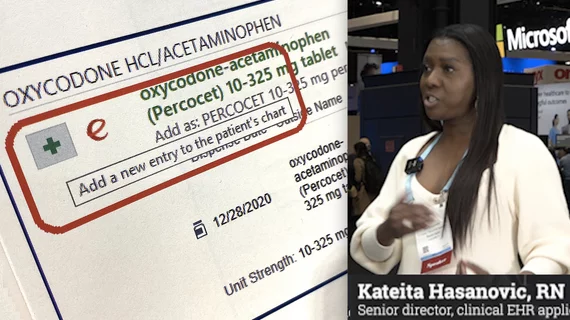One year ago, the passage of the American Recovery and Reinvestment Act (ARRA), which included the HITECH Act, catapulted EMRs and EHRs into the national spotlightalong with potential incentives and penalties promised for adoption and lack thereof. HIMSS10 is responding with education sessions at this years conference focused on EMRs and EHRs, with speakers offering tangible information for utilization, integration and effectiveness for every practice and facility type and size. The investment has begun in force. HIMSS predicts increases of 52 percent in health IT budgets this year, a sizable surge compared to 2005, when just 18 percent of hospitals reported an increase in their health IT budget. Health IT, namely EMRs and EHRs, are hitting the tipping point. And the numbers prove it. By the end of 2009, HIMSS says, 0.7 percent of hospitals had achieved Stage 7 of HIMSS EMR Adoption Model, 1.6 percent were at Stage 6, and 3.8 percent were at Stage 5. Compared with 2005, some three times as many providers were at Stage 4 in 2009, and five times as many were at Stage 3. Progress toward more sophisticated EMRs is clear and calculated. And many educational sessions next week seek to offer practical insight to continue that progress. Presenters will not only guide practices, facilities and health systems toward ARRA funding through their explication of meaningful use and how to properly implement new technologies, but also will predict what various facilities should look like into the future. The roles of physicians, nurses, administrators and IT leaders are defined to provide clear roadmaps for success. HIMSS sessions drill down into a variety of facility types, tailoring sessions to function such as ambulatory practices as well as hot topics such as CPOE, quality measures and physician documentation. Also, sessions will reveal how EHRs can increase the return on the initial implementation investment, improve quality outcomes and achieve pay-for-performance funds. For session locations and other details, consult the session program onsite or visit HIMSSconference.org. And to get our daily updates of education sessions from HIMSS, be sure youre signed up for CMIO News at CMIO.net.



